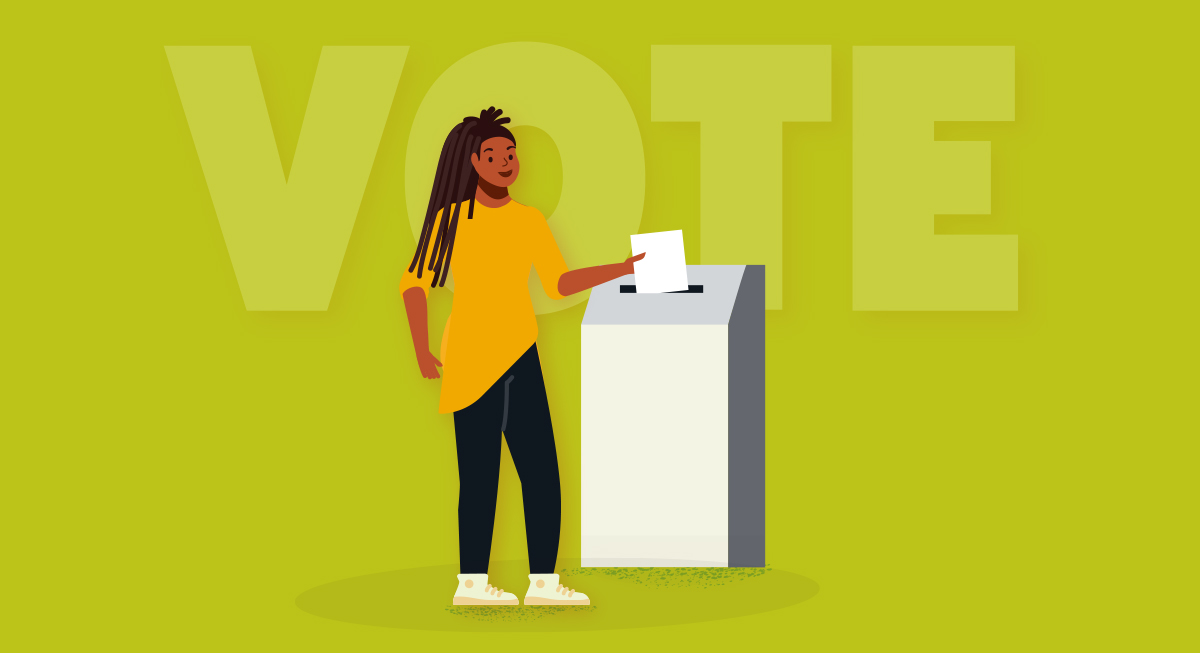
The first, observed this year from April 14-25, is a time for local educational agencies to foster a sense of civic awareness in future voters and inspire eligible 16- and 17-year-olds to preregister to vote so they are automatically able to participate in elections when they are 18, according to the California Department of Education.
Resources to support this initiative, as well as information on becoming a student poll worker and the 2026 California Mock Student Election, are available on the Secretary of State’s website.
Beginning with the 2024 General Election, some young people in California no longer had to wait until they were 18 to participate. Two LEAs in Alameda County (and counting) have empowered 16- and 17-year-olds to vote in local school board races and the November election was the first time they were able to do so.
During a session at CSBA’s Annual Education Conference and Trade Show (AEC) in December, representatives from Berkeley and Oakland unified school districts spoke on how they enacted youth voting and the results of their efforts.
Years of student-led advocacy took place before ballots were able to be cast in 2024.
“We didn’t go and have adults teach kids, kids went and taught kids about what they were voting for and why it’s important to vote,” said Oakland USD student trustee Maximus Simmons. Although adults may think it’s in the best interest of students to make decisions for them, Simmons said it is important for young people to have the opportunity to make choices for themselves, especially while they are still in supportive learning environments.
Presenters pointed out that 16- and 17-year-olds have the cognitive and practical capacities to vote and a solid understanding of the issues facing schools. They also have fewer barriers to registering compared to their freshly legal peers who are often preoccupied with college and/or securing employment. Additionally, the ability to vote can improve civic knowledge and engagement early on.
As explained during the AEC session, the county registrar was open to implementing youth voting but it wasn’t a top priority and there were significant technical issues, like the ability to add young voters into local election management software without disrupting the connection to the state system, associated with the project. There was a desire to get the work done right and concern about potential additional costs.
Persistent advocacy eventually got the Alameda County Board of Supervisors to direct the registrar of voters to implement youth voting and helped secure the additional staffing needed to do so.
Oakland USD hired two retired voting registrars to act as technical experts and work with the registrar’s office, compiling a document of technical requirements that established a framework for youth voting and helped troubleshoot new challenges as they arose.
The Berkeley and Oakland districts, the City of Oakland and the registrar of voters entered an agreement to share costs, such as upfront design expenses and ongoing expenses like printing youth vote documents and training.
There were also legal considerations which were ultimately resolved.
The movement to encourage more young people to become civically engaged continues to gain momentum.
During the November election, the City of Albany, also located in Alameda County, passed Measure V to allow youth voting not just in school board elections, but in all city elections as well as city and school district ballot measures.